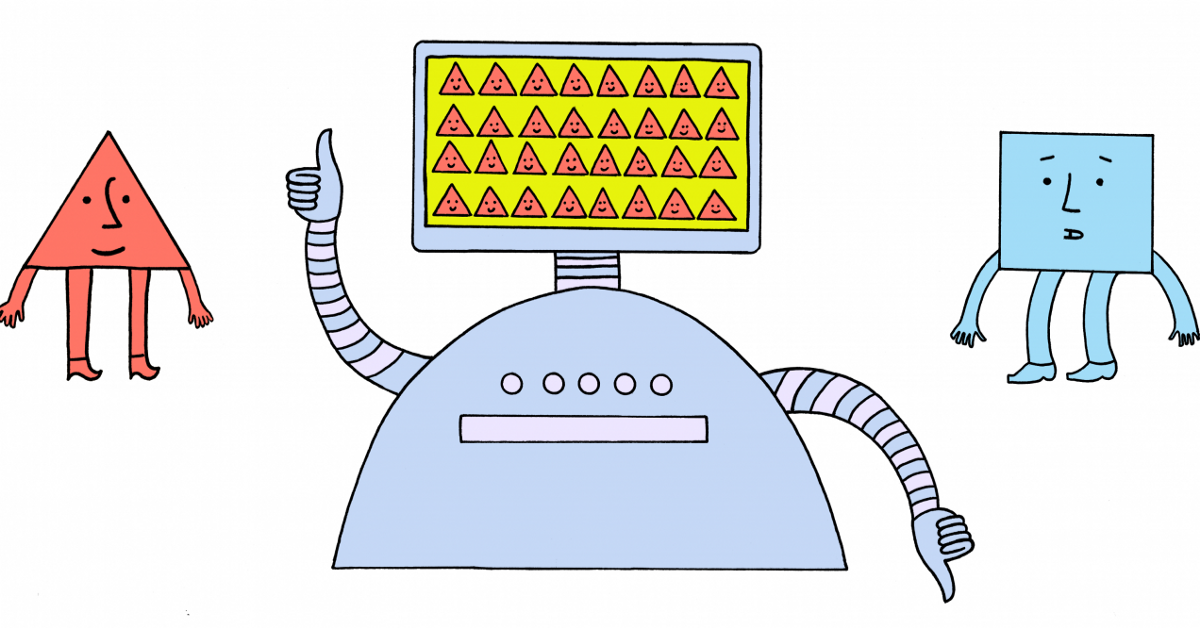





Computing Innovation
Computing innovation can be beneficial to society through communication innovations. However, computing innovation can be harmful because of the effects that these new technologies have on our well beings. These and other reasons are why computing innovation can be beneficial and harmful.
- Computing innovation is beneficial due to innovations in communication. Prior to the new age of technology, the only way one could communicate across long distances was through phone calls, telegrams, and written letters. Nowadays, however, through the smartphone, text messages, social media, and many more messaging and communication innovations, communication has become rapid. For example, email has revolutionized communication in education and the workplace, as well as personal messaging as well. Despite first beginning back in the 70s and 80s, in 2019 over 430 billion emails were sent. SMS has also revolutionized personal communication, as well as allowing businesses to spread information or government agencies.
- Computing innovation can be harmful to society because of the physical effects it can have on people, as well as the invasion of privacy that can occur. As far as physical effects go, while using technology, people tend to have poor posture, often straining their necks and backs. This can lead to an increased risk of medical issues, including scoliosis. Increased use of technology also strains your eyes and can cause headaches and the need for corrective lenses. Beyond just physical effects, mental health and personal relationships can be severely impacted by technological innovations like social media. And, with lots of people using the new technology, entering personal information, your private information isn’t as private as one might think. People can gain access to your personal information, spending your money or saying things under your name.
- Computing innovation can have impact beyond its intended purposes just as anything can. When the Internet and World Wide Web was created its purpose was to connect the world and its peoples. However, the Internet has done so much more than that. It has created platforms for billions of dollars of business and thousands of new industries, allowed for the spread of information and news incredibly fast, and has created thousands of new laws and legislations to regulate the use of the internet.
- When social media was created, its purpose was to connect people and create a social network where people could meet and talk to strangers, see more of their friends’ lives, and share their own experiences. And while it continues to be that, it has also become a place for commerce and business. Things like Facebook Marketplace or accounts that promote one’s business are innovations that might not have been initially intended when Facebook or Instagram first came to be. Sponsorships for influencers and social media made millionaires are amongst other ways that these innovations have impacted the world and people beyond its initial purpose.
- And while many unintended consequences of social media and other computing innovations have been positive, there have also been many negative impacts too. For example, Facebook and its co-founder Mark Zuckerberg faced a lawsuit concerning privacy breaches within the company. Peoples’ personal information and privacy was threatened, and thus the need for new legislation to protect them against this was necessary. Another impact of social media that wasn’t intended was the strengthening of one’s opinions. People get caught in “echo chambers” where they continue to hear the same information and reinforce their own opinions. This creates a situation where people think that everything they see is right, and they begin to refuse to accept contrasting information.





